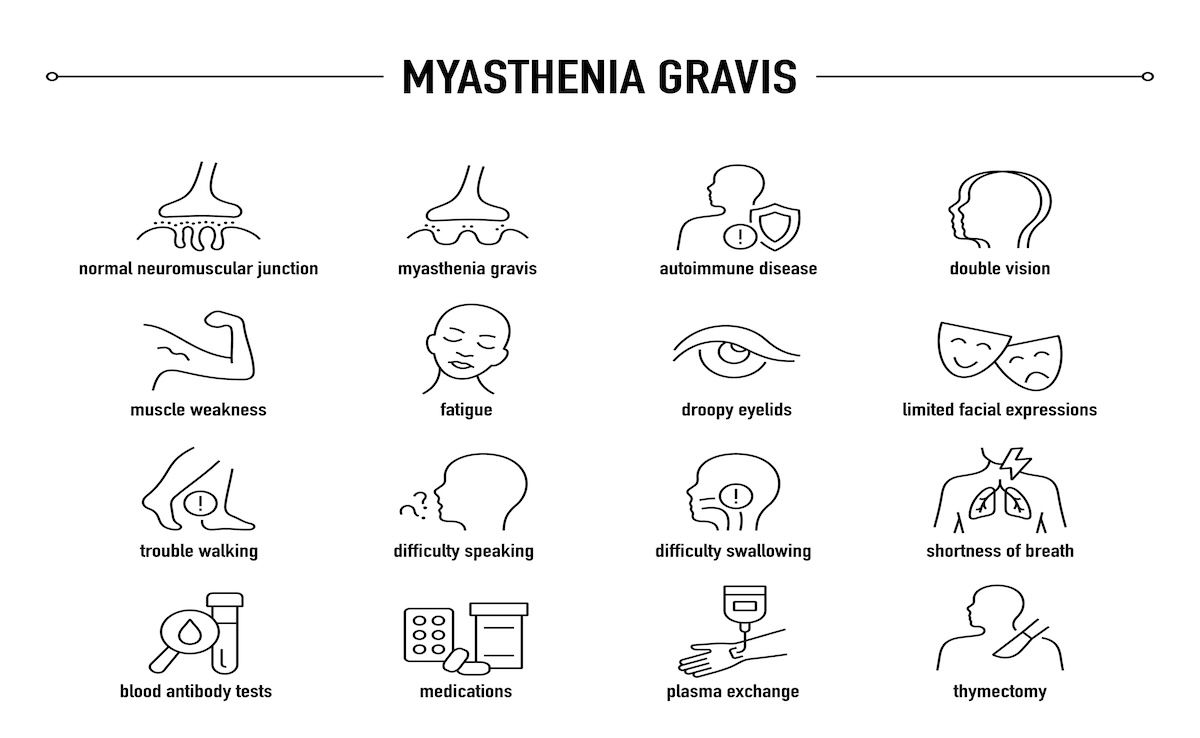Commentary
Video
What Makes a Successful Value-Based Contract? Neha Kashalikar, PharmD
Author(s):
Neha Kashalikar, PharmD, director of strategic pharmacy consulting, MassHealth, shares key components that makes a value-based contract successful.
Key components of value-based contracts (VBCs) include aligning outcomes, rebate values, and durability, says Neha Kashalikar, PharmD, director of strategic pharmacy consulting, MassHealth.
This transcript was lightly edited; captions were auto-generated.
Transcript
What are the core components that define successful VBCs, and how do they differ from traditional fee-for-service agreements?
That's a great question. With traditional contracting, we're really looking at a fixed rebate amount based off of a claim count or unit count. There's a fixed outcome that you're looking at vs value-based contracting, [which] really allows for a lot more creativity in terms of the outcomes or the structure of the agreement. Often, we go back to asking ourselves, what is the baseline question that we're hoping to answer? For example, if that's the clinical benefit of the drug, we might be able to then structure a clinical outcomes-based agreement. Is there durability for this product? Then we think about durability factors, and how do we measure these outcomes over time?
There's a customization that can happen with value-based contracting that's really unique to these specific agreements. And really, the outcomes would vary based off of what is the question at hand that you're hoping to answer. But some of the key components I think we think about is aligning around the outcome, aligning around rebate values, ensuring durability, and really just structuring it as a partnership between a payer and manufacturer, but also in consideration of all stakeholders, patients, providers as well.
How can payers and manufacturers effectively manage the financial and clinical risks associated with VBCs, particularly for specialty drugs with limited long-term data?
I think that when value-based contracts are done correctly, they actually serve as a financial and clinical protection rather than a risk, but in order for that to be possible, both parties, both the manufacturer and the payer, really need to be transparent about what their objectives are and be open to hearing what the necessity is for selecting a certain outcome or selecting certain durability. So really, I think our plan's philosophy is that we fall back on the clinical evidence-based medicine and use that to help guide us in terms of what should be the outcome that's assessed.
It's particularly challenging if there isn't a ton of data available for a particular product. However, you could always look to consensus guidelines and alternative therapies within that class and see what has been used to measure success for those products, and then apply it as a proxy for this drug as well. Like I said, I think that the best value-based contracts serve as a protection, and unless it's really a one-sided discussion from one way or the other, there isn't necessarily too many financial risks or clinical risks because it really is serving as a safety net for when a drug does not behave the way that we expect it to.




